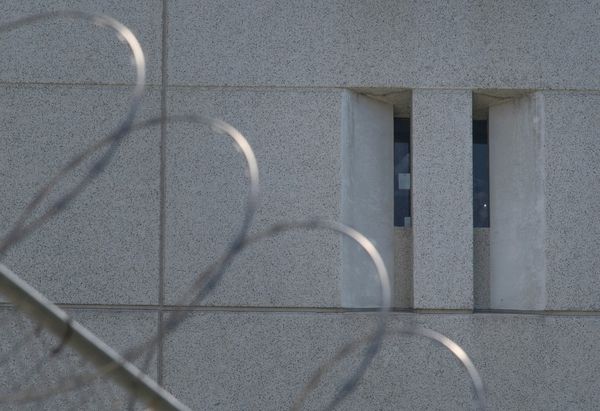
In the sweltering heat of Friday afternoon, the drivers first had the opportunity to explore the circuit on foot. This is a vital exercise on any track - especially a new one - and one that allows them to visualise what they have previously perceived in the simulator.
The first few minutes of testing, by way of a shake-down, enabled the drivers to confirm the type of circuit they were dealing with. Vergne also set the pace, setting the third fastest time in the first session and finishing first in the second, aboard his DS E-TENSE FE23.
A little later in the morning, the trend was confirmed: both DS Penske cars qualified for the quarter-finals, and Vergne took pole position, ahead of Oliver Rowland's Nissan.
"Of course, it's great to be on pole here today," said the polesitter. "Qualifying wasn't easy, it's very slippery and you have to be very careful not to make any mistakes. So it was difficult, but I'm very happy. Now we have to concentrate on the race."
The right strategy to secure points
At the start, Vergne's pole position and his team-mate Stoffel Vandoorne's eighth place on the grid were a good pairing.
In its Formula E format, the Shanghai circuit offers few opportunities for regeneration, but it is also the one where the drivers have the least 'regulatory' energy to expend. This cocktail makes for a complex race, where energy strategy clashes with pure performance, and where only the most experienced drivers, with the help of their engineers, can cope.
But in just over three kilometres and 12 bends on each lap, a lot can happen. What's more, on this type of circuit, the moment you activate attack mode is crucial. Staying close to the front of the race while avoiding excessive fuel consumption is a plan that can pay off.

The field is fairly tight, with the top 12 drivers within five seconds of each other. There are a lot of position changes in the pack, and the width of the track means that sometimes four or five cars are in front of each other as they approach a bend.
Past the halfway stage of the race, and each driver still had 53-54% of his battery remaining. On the engineers' screens, it was clear that everything was going to happen in the last seven laps.
The pace of the race began to pick up. The driver-engineer duos were looking for the best moment to attack. The last few laps were liberating, but they did not allow the day's poleman, who was again the victim of several touches and with a badly damaged front wing, to express himself fully. Vergne finally crossed the line in sixth position, while Vandoorne finished ninth.
On Sunday, the track will once again be open to the 22 Formula E drivers. In the meantime, they will have been working on the energy strategy to adopt, in light of the data gathered on Saturday.







